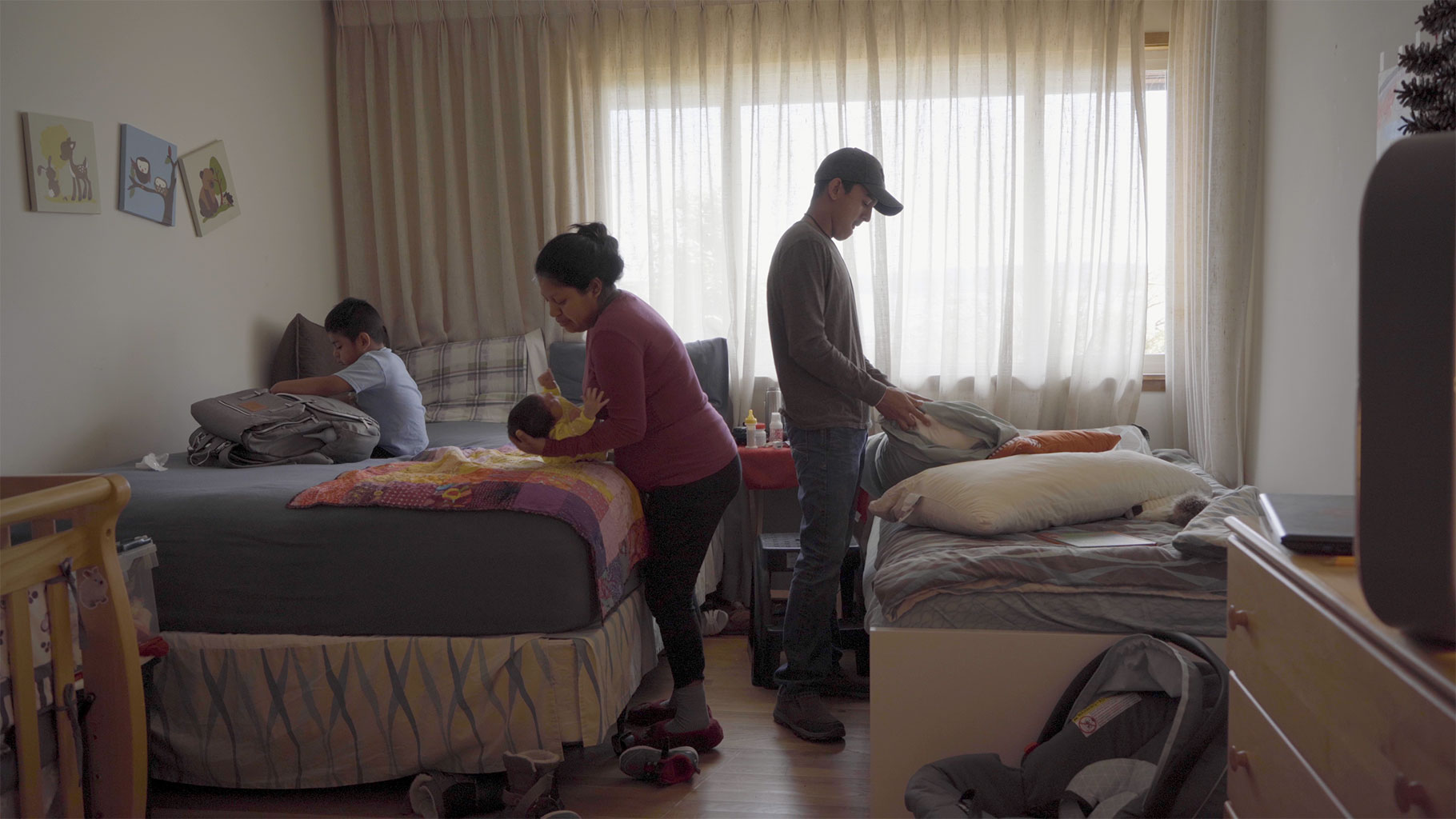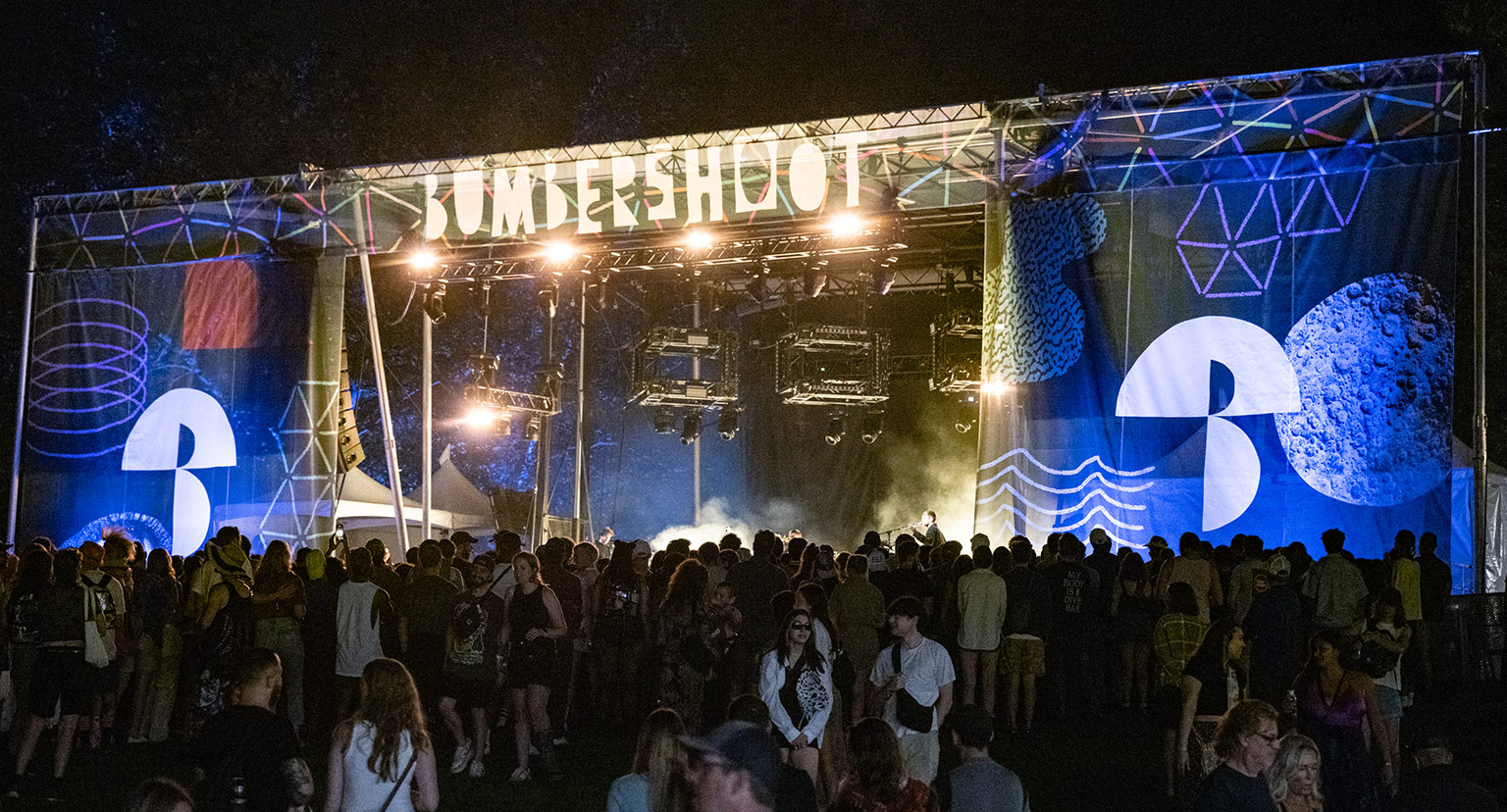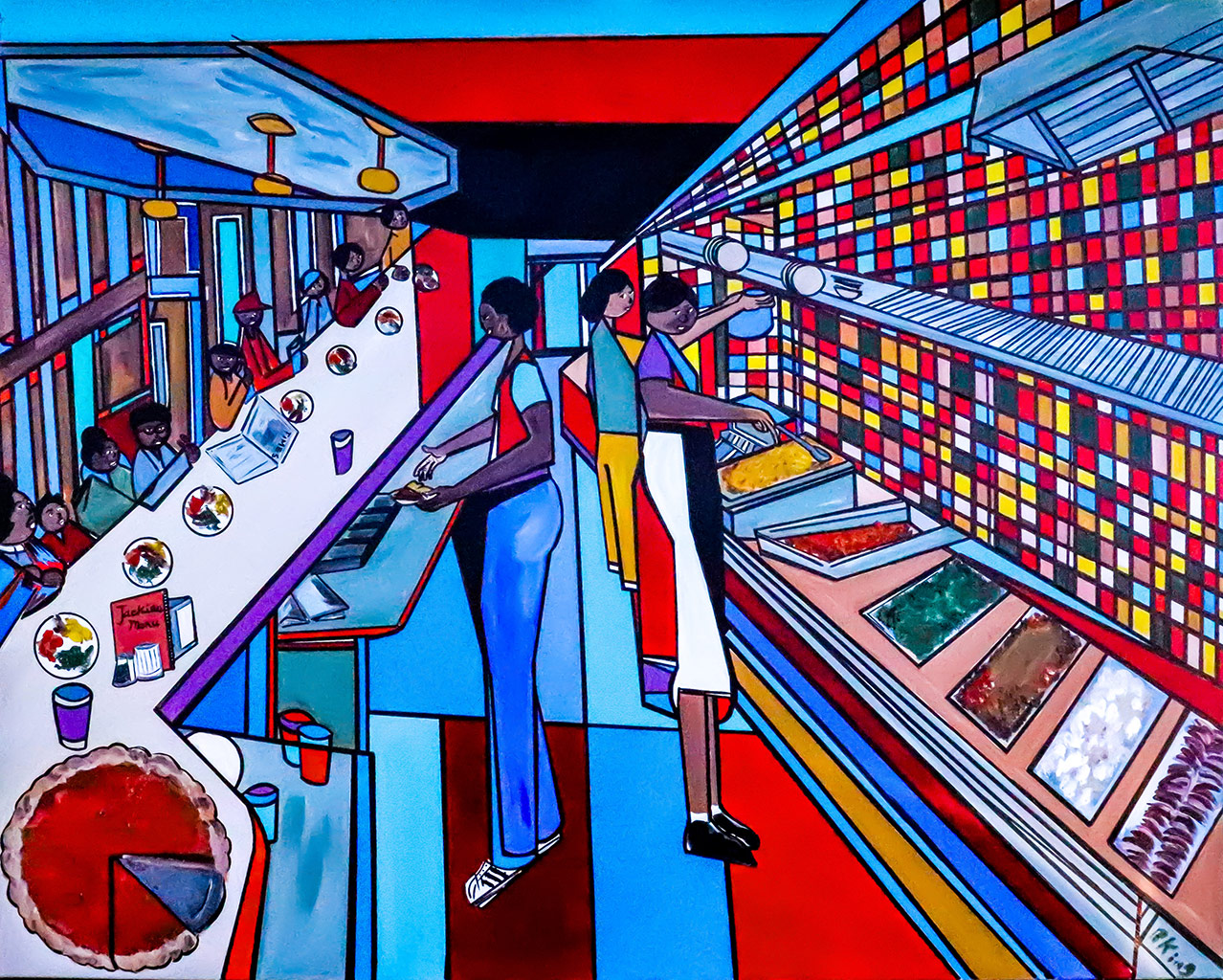One of Dean Zulich’s teachers once said, “When you look through the lens and you see something you have already seen, don’t even bother pushing the shutter.”
From that day on, that quote has been Zulich’s philosophy for shooting photography. It shows. His images are thoughtful and compelling, and often become more intriguing beyond first glance. Combining atypical props and carefully scouted remote locations, Zulich goes all out to create atmospheres for his photography, not unlike a set designer creating sets for a movie.
The fact that Zulich only has a couple years of photography experience under his belt seems improbable, but what’s even more striking is that it is proof that experience isn’t always everything. Zulich’s images are proof of his ability to push the bounds of innovation, and the result is a body of work that tells of an extraordinary photographic journey.
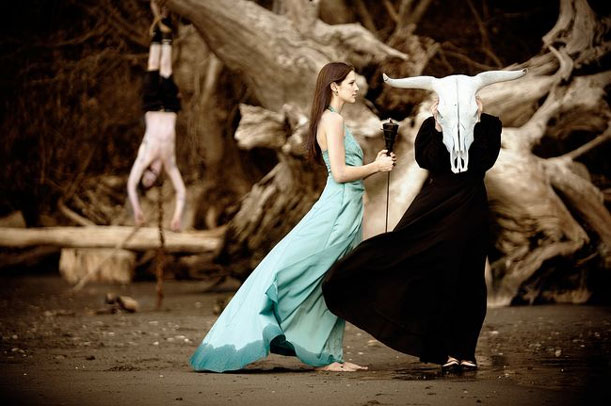
Canon EOS 5D Camera
Back Up Camera:
Canon EOS 20D camera
Lenses:
Canon EF F2.8 (16-35mm, 24-70mm, and 70-200mm), Canon EF F1.4 50mm
Lighting Gear:
Speedotron and Lumedyne Location lighting kits, Canon Speedlite 580 Flash unit, Litedisc Reflectors, Gitzo Tripod with Manfrotto ball head
Storage:
4GB compact flash memory cards, Wolverine ESP 5000 80GB personal storage device
Post Production:
Photoshop CS2, Photomatix HDR, NIK filters
Can you pick one of your favorite conceptual pieces and tell me the idea behind it?
I picked a wild wild west piece entitled “Until The End Of The World.” I consider it one of my more successful works. What I learned is that if you put cool subjects into a cool environment, good things tend to happen for themselves.
This particular piece took quite a bit of time and effort. It all started with an old idea of mine [that involved having] a guy hanging upside down in the background. As the matter of fact, more than once, my ideas start from props and background. Then I brainstorm and toy with several ideas as far as the main subjects and location go. For this photo, it took a couple of location-scouting trips to come up with the final location, which was Mission Beach at the Tulalip Indian Reservation in Washington.
This beach is known and accessible to locals only, and I was fortunate to know one of them. I gathered some props – the skull included – and picked up a black dress at Value Village or something. Everything came together in a strange way. My power pack exploded before I took a single picture, so the lighting kit became useless instantly. I didn’t panic; I just took out my long lens, stepped into the ocean to achieve the desired focal length, and started shooting. Natural light worked out really well. I tend to time the shoots towards the end of the day or start early in the morning [in case of] situations like this. The final image itself is a product of a successful collaboration between me and one of my favorite models. She positioned the skull in front of her face on her own, instinctively, while I had coincidentally turned the other model towards her. The stunt model in the background also put the large chain around himself on his own, and it all worked out at the end. To be frank, I am not sure what exactly I had wanted initially, but the outcome pleased me.
INTERVIEW CONTINUED BELOW
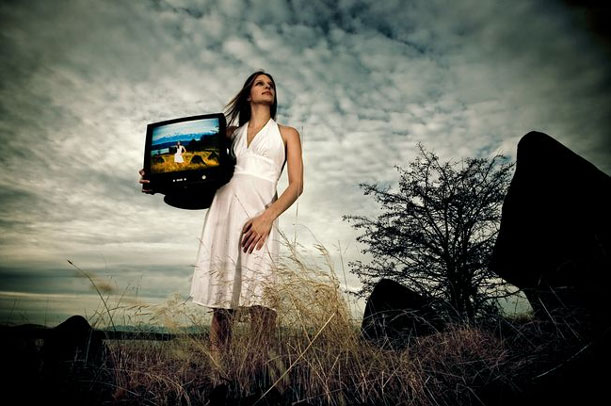 You attended the Art Institute. It looks as though your work is the product of an experienced individual. Is that an accurate assessment?
You attended the Art Institute. It looks as though your work is the product of an experienced individual. Is that an accurate assessment?
I graduated from Art Institute with an Associate Degree in Commercial Photography in Spring 2007. It took me a little over two years to complete the program. Truthfully, as far as photography technique goes, I’ve learned almost everything I know in school. When I started the program, I didn’t even really know how a camera worked or what an F stop was. I remember my first prints from the dark room were completely black; I also remember that I felt like crying after seeing the other students’ images.
I am not very experienced photographer, but I am definitely an experienced person. In addition to spending the past ten plus years in this country, I survived bloody conflict in my native land of Bosnia. I once mentioned that with my photography, I try to acknowledge the world’s history while looking forward to a better tomorrow. The fact that I absolutely fell in love with photography has tremendously sped up my learning process. I enjoyed every step of my education and highly recommend it to everybody. The creative environment also played an important role in my growth as an artist.
What are your ultimate goals with photography?
That is a really good question. It made me stop for a second. The competitive part of my personality would say: to be the best. But what is the best anyway? My ultimate goal is to see how far photography can take me, and how far I can take photography.
INTERVIEW CONTINUED BELOW

How do you find your models and makeup artists? Do you generally use the same people?
Most of the works you are referring to were part of my final portfolio at school. They are still making noise – winning awards and getting me a wide variety of work.
As for the models – after I have a vision, I picture an ideal individual for the shoot, and then when I see him or her, I pretty much just come up and ask him or her to model. I worked in the bar industry for a while, so I would see a lot of people nightly. You would be surprised how many people are very happy to participate in projects like these.
As for makeup artists and stylists, very often, I let the models take care of that, since I obviously liked what I saw when I scouted them. Some makeup artists tend to get “too creative” on me, and therefore take away from original look I was going for. I did have a successful relationship with couple of stylists, nonetheless, and I would love to work with them again.
I try not to use same models twice for my projects. Nonetheless, I have worked with individuals that responded extremely well, and in that case, I might use him or her more than once. As a rule though, I try and often succeed in changing or hiding the model’s features or personality to the point that it is impossible to identify him or her as the same person. I try not to ever repeat myself. That’s where I find constant challenge in conceptual photography – especially with limited or no budget, which was the case with pretty much my entire portfolio. That tells you that lack of finances is certainly not an excuse for not taking original photographs and having fun doing it.
What kind of photography and what aspects of it (composition, color, etc.) do you enjoy the most?
I enjoy strong composition, yet you can see that my appreciation for color is undeniable. What I have utmost respect for, though, are subject matters which are intelligently put together and skillfully photographed, so that they leave the viewer in awe and brimming with questions.
Look at “Ashes and Snow” by Gregory Colbert. (www.ashesandsnow.org)
I don’t mean to be disrespectful by any means, but I think anybody can document events of a different nature and capture crucial moments – from wars to basketball games. Some of us are better than the others in doing that. What separates geniuses, though, is the time spent before and during the shoot – creative spurs in the decisive moment, when the image makes sense but also has no clear reason or purpose. After all, we the photographers in most cases only push the shutter. Others decide what is in front of the lens. The aspect of photographer being in control in ways more than pushing a shutter and getting the right light is what I enjoy the most.
What artists do you look up to?
I look up to Salvador Dali, Van Gogh, Annie Leibowitz, MC Escher, Vivaldi, Nick Cave, David Lynch, and my father.
ARTICLE CONTINUED BELOW

Do you dabble in other arts?
I do enjoy music a lot, and I find a lot of inspiration in it – yet, I don’t quite play any instruments. I did take some flamenco guitar classes in the past and plan to do it again in the future. I used to write a lot more in the past as well, and will look into doing it some more in the future.
Ideally, I am looking to accompany traveling, which is also my passion, with essays and photography. I am not interested in commercial aspect of photo-essays; it is more of a visual diary that I will be happy to share. Yeah, one day I will make a movie also. Or something.
Since the issue is based on the theme of “Duality,” what comes to mind when you think of duality?
To be completely honest, I am going to look it up in Webster, as English is not my first language. I just did it, and now I am even more confused… sorry! Maybe I missed that class…
After this interview, Dean Zulich went on to be the runner-up for VH1’s reality TV show centered around photographers, The Shot. This show opened Zulich up to a whole new world of opportunity, and REDEFINE is glad to be the first magazine ever to publish an interview with Zulich.
END.




